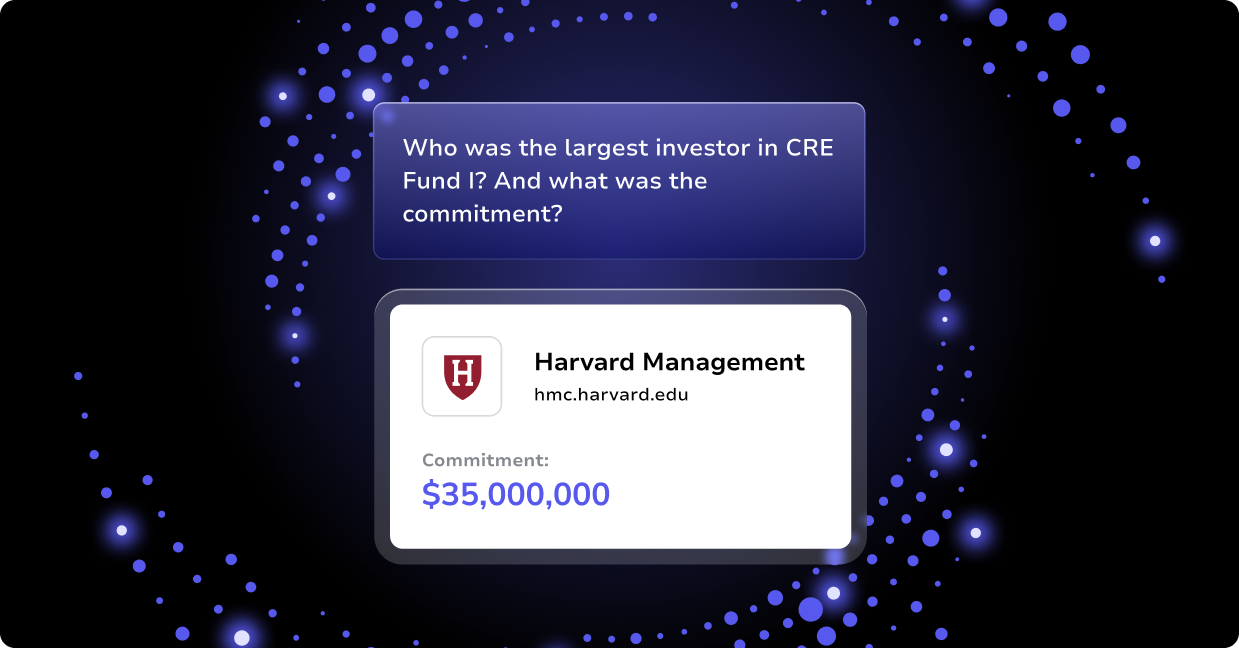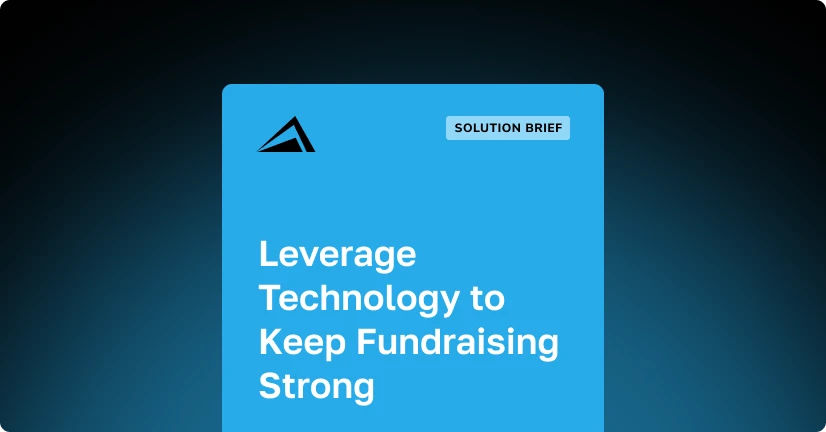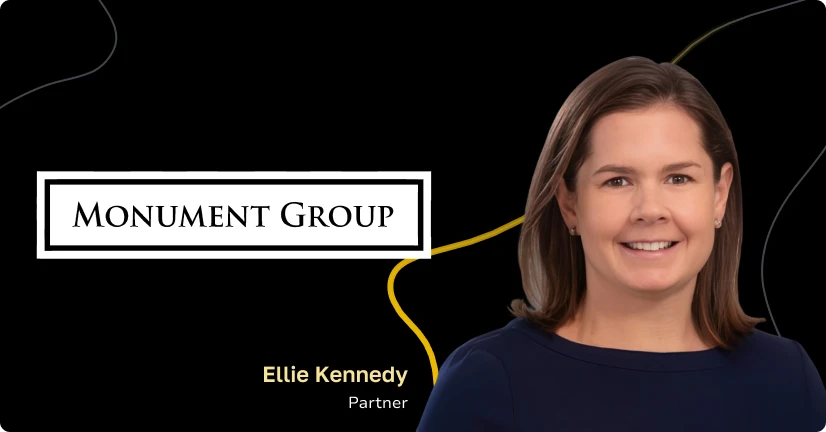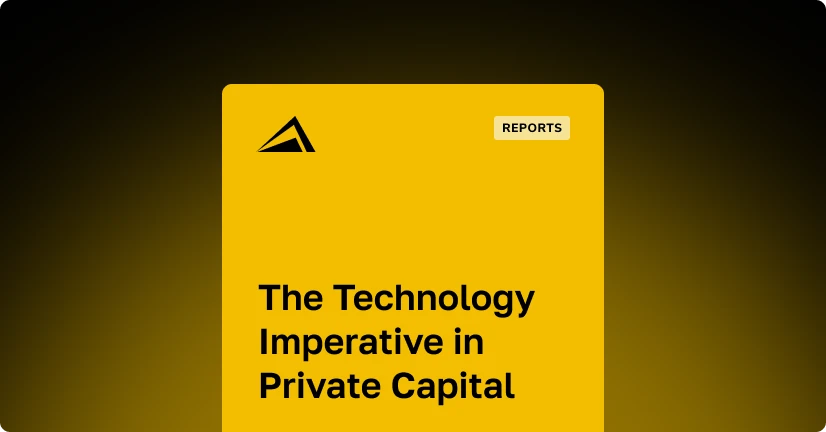
It’s no secret – to remain relevant in today’s market, businesses need to think about, and take action toward, how they’re making an impact on the planet. After all, sustainability is the new aspiration for companies, and the key to achieving it is developing enhanced ways to measure ESG initiatives, performance, and overall impact.
However, measuring ESG performance is easier said than done. So how can PE/VCs ensure they’re on the right track? It starts by determining how to measure the relative value of any given ESG metric and understanding the pitfalls to avoid misleading investors along the way.
Understanding ESG Performance
At its core, ESG performance is a measurement that shows how a company is performing against set criteria of ESG (environmental, social, and governance) values. This measurement is used by investors to fuel decision-making and compare brands against competitors. ESG performance is also a leading factor consumers and employees use to determine if a brand is aligned with their values before deciding to do business with or work for them.
When it comes to comparing ESG ratings, three main approaches are used by investors:
- Comparing ratings to peers managing comparable portfolios
- Leveraging a standard industry benchmark index
- The investor’s history and internal data
However, each approach comes with caveats. The appropriateness of each depends on an investor’s particular situation, including the risk profile of the portfolio, the composition of stakeholders, and any fiduciary obligations.
Comparing ESG performance is not an apples-to-apples game, though. When comparing specific ESG performance indicators, investors are often misled, given how much ratings can vary by industry, company, and value point.
Measures that Mislead Investors
Because one of the biggest challenges in measuring ESG performance has been the lack of consistency surrounding industry benchmarks and performance measurement metrics, investors face challenges when evaluating performance. This becomes increasingly tricky when comparing the performance of one company to another, including competitors.
Whatsmore, most ESG data available is often self-reported by companies, which means there are significant gaps in data availability, not to mention somewhat biased information.
Measurement also often fails to provide insight into messy underlying processes. For example, data shows that adding women to executive teams will produce better outcomes. However, that data point doesn’t take specific outcomes into account, such as decision-making that reflects diverse perspectives. This is why investors must look beyond the numbers to learn how, why, and under what circumstances the decisions came about.
Performance Pitfalls to Avoid
It’s recommended that firms follow a “zoom in, zoom out” approach. This means “zooming in” to focus on better integrating ESG factors and their values within the portfolio while also being sensitive to issues of concentration, tracking errors, and risk. By “zooming in,” firms can create risk frameworks that pinpoint ESG threats and failures. By “zooming out,” they can better understand issues and underlying processes while gaining insight into bigger-picture strategies and opportunities. Without a broad and narrow look at investments, PE/VCs risk missing opportunities to improve performance.
Finally, it’s imperative to maintain a single source of truth for ESG benchmarks and metrics. A trusted, reliable data source that arms management teams with confidence in their numbers and transparent reports for investors is critical to effectively measure ESG performance.
Track and Measure Your ESG Performance with Altvia
To track and measure ESG performance with confidence, your firm needs to rely on the right tools to effectively transform your ESG commitments and data into transparent reports for your stakeholders.
To turn your goals into an operational ESG strategy and effectively measure your progress along the way, a tool like Altvia can help. From evaluating risks, to monitoring competitor insight and internal performance, Altvia’s software can arm your firm with transparent, quantified metrics on the impact of your ESG initiatives.
To see how Altvia can supercharge your firm’s ESG initiatives and performance tracking, contact a member of our team to start a conversation.




